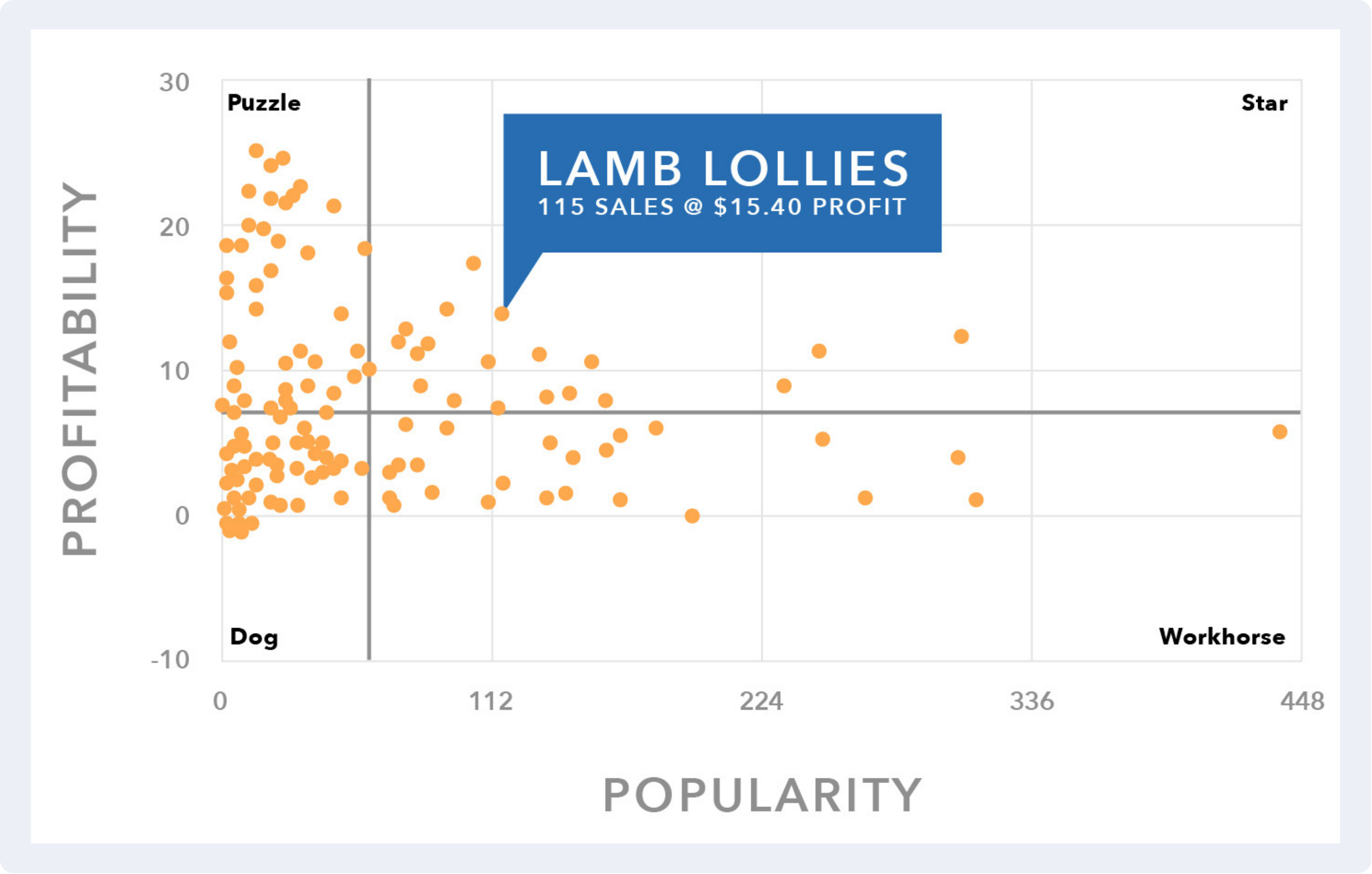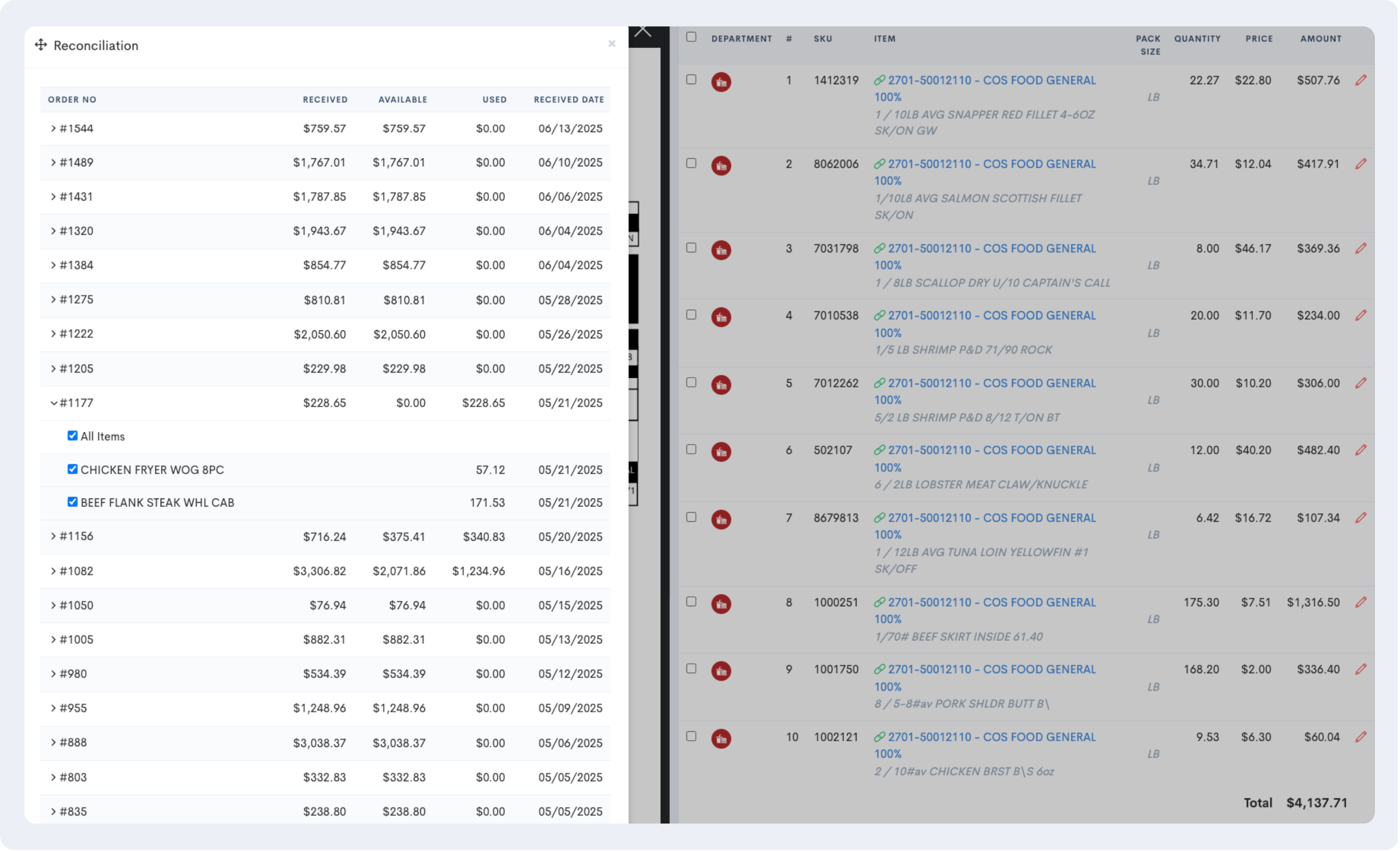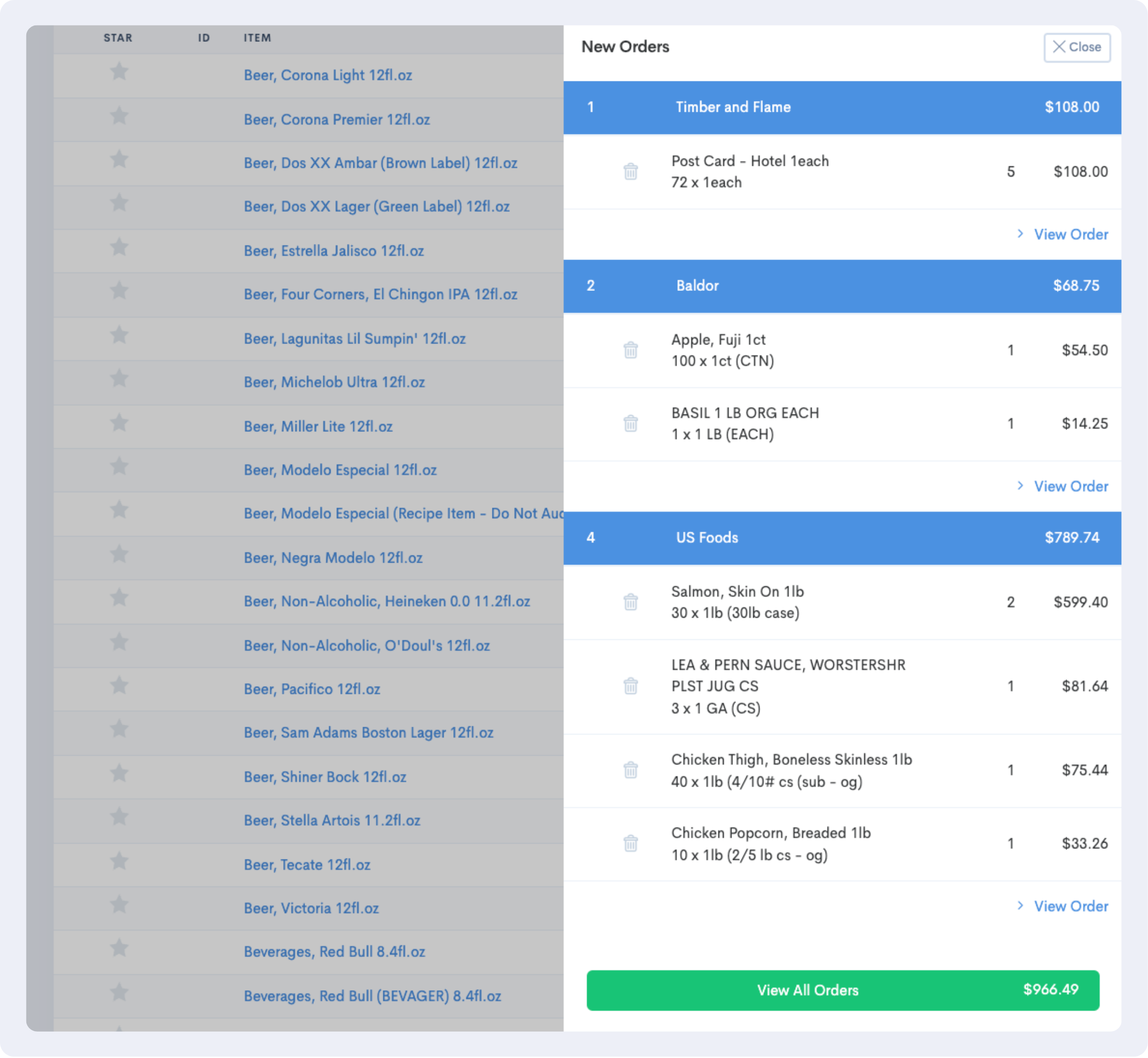
Designed for hospitality. Built for profitability.
Craftable is the back-office hospitality solution built to support front-line operations.
Harness advanced technology to improve top line growth and refine how you operate, all while ensuring exceptional guest experiences remain your priority.
We simplify operations, finance, and procurement, transforming your data into clear action and complex information into valuable insights.
.png)
.png)
.png)
.png)
.png)
.png)
.png)
.png)
.png)
.png)
.png)
.png)
Trusted by 10,000+ operators for more than 10 years.
5%
Lower Cost of Goods
Smarter ordering and tighter inventory control drive real savings.
10-30%
Improvement on Rogue Spend
Manage non-compliant, rogue spend with proactive compliance.
50%
Inventory Time Reduction
Reduce time spent on counting and inventory.
Who We Serve
Customizable for every segment of hospitality.
Limited Service Restaurants
Every location, consistent standards keep you connected and in control. Track inventory live, order from every vendor in one place, and see clear, accurate costs without the clipboard.

Limited Service Restaurants
Full Service Restaurants
Get more time with guests and less time managing your back office. Craftable allows you to manage food and labor costs, connect front and back-of-house, and stay on track with your budget.
Learn more.jpg)
Full Service Restaurants
Bars & Nightclubs
Craftable locks in recipes, tracks pour costs, and makes audits simple. See exactly where your inventory goes and what it costs.

Bars & Nightclubs
Select Service Hotels
Tight teams and shifting roles make consistency a challenge. Craftable centralizes ordering, monitors costs, and let's you manage multiple locations at scale.
Learn more
Select Service Hotels
Full Service Hotels
Restaurants, banquets, bars, in-room dining, and retail all operate differently but roll up to the P&L. Manage purchase orders across departments, find rogue spend & automate AP.
Learn more
Full Service Hotels
Resorts & Casinos
From dining to entertainment, resorts and casinos deliver diverse services, all while ensuring guest satisfaction. Track purchasing, invoices, and costs in real time to keep spending clear and teams accountable.
Learn more.jpg)
Resorts & Casinos
We empower your teams.
.jpg)
Operations Teams
Simplify purchasing, inventory, and vendor management to control costs, cut waste, and protect margins.
Technology Teams
Craftable is a SOC 2 compliant, SSO-capable platform with 1,000+ POS, EDI, and API integrations.
Finance Teams
Manage spend across every vendor, enforce proactive compliance, and uncover real-time insights to boost profitability.
Accounting Teams
Use AI to quickly and easily process invoices for payment, set thresholds for variance alerts with 3-way auto-match.
The Craftable Platform
One platform, customizable for your business.








.png)